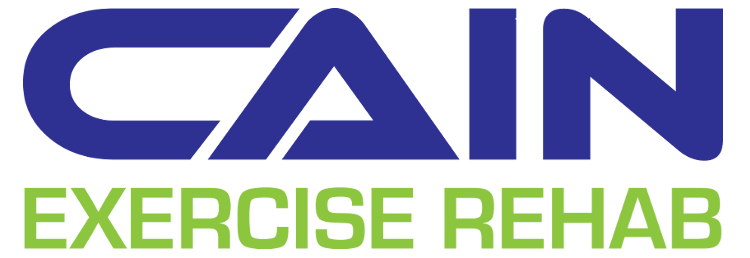Don't worry, this isn't me going on a depressive rant and feeling sorry for myself. (That's what Valentines Day is for.) This is a productive admittance of the limitations that all medical professionals have but don't always like to verbalize.
 |
| We also don't always like to admit our Valentine woes, either. |
 |
| Yes, I need another bookshelf. Nerd problems. |
Thankfully, I've been gifted with clients who are perfectly fine with me, as their clinician, taking a minute to check a reference. In their words, they're happy to know that I'm absolutely sure on what I'm doing rather than just trying to guess, and the anecdotal message I get is that they wish more medical professionals (doctors included!) would do the same more often.
Frankly, my opinion is that any clinician who claims to always be 100% sure without a fault and never needs to reopen a textbook probably, in fact, knows the least. (Or is just being irresponsibly stubborn.)
What's more, this piece of humble pie goes a bit further. What if that textbook doesn't give me the answer that I need? Well, it sometimes hurts to have to go to my client and say it, but ethically, I have no choice: "I am not entirely certain on what this is."
 |
| At least it tastes like cherry! |
The saving grace here, again, is the trust that this level of honesty instills in my clients. Knowing that I'm not going to feed them false information, I'm often allowed the chance to have the client return to, at the very least, see if whatever treatment I performed worked. If it does, then we know that we're on the right track and can keep plucking away. If not, it's time for a referral.
To sum it up, no Athletic Therapist, chiropractor, nurse, or even doctor can have the answer 100% of the time. Perhaps some people there expect us to, but I feel like the majority of the population understands the raw amount of information out there. As long as we clinicians are honest with our limitations of knowledge, it seems like the public will accept that as a sign of integrity and be willing to work with us.
Subscribe to the Weekly Updates
Do you like the content that you're reading? Sign up to receive the weekly blog update from Cain Exercise Rehab directly to your email!










